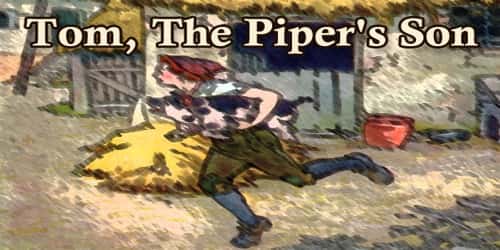Rubber pollution refers to the environmental impact caused by the improper disposal or mismanagement of rubber products, particularly those made from synthetic rubber. Rubber pollution can take many forms, including air pollution, water pollution, and soil pollution.
Rubber pollution, like plastic pollution, occurs in a variety of environments and is caused by a variety of sources, ranging from the food processing chain to tire wear. Synthetic and natural rubber dust and fragments are now found in food, in the air as particulates in air pollution, in soil pollution, and in waterways, lakes, and the sea.
One of the most common sources of rubber pollution is discarded tires. Millions of tires are discarded every year, and many end up in landfills or are illegally dumped, creating breeding grounds for mosquitoes and other pests, and posing a fire hazard. The decomposition of tires can also release toxic chemicals into the soil and groundwater.
Another source of rubber pollution is the burning of rubber waste. When rubber is burned, it releases harmful chemicals and pollutants into the air, including carbon monoxide, nitrogen oxides, and sulfur dioxide, which can contribute to smog, acid rain, and respiratory problems.
Causes
Tire wear is a significant source of rubber pollution. The fact that, unlike exhaust emissions, vehicle tire wear pollution is not regulated is cause for concern. Nonetheless, some devices are being developed in an effort to reduce the amount of particulates that come from the tire and end up in the atmosphere. Tire dust, while not immediately visible to the naked eye, constitutes a significant portion of road debris. Other potential sources include artificial turf and rubber O-rings and seals.
Rubber pollution can also occur during the production of rubber products. The process of manufacturing synthetic rubber involves the use of toxic chemicals, which can be released into the environment during production, and can contaminate nearby water sources and harm wildlife.
Classification
Very fine rubber dust particles can be counted as microplastic (because rubber is just another polymer) or separately, depending on the classification (because its constituent monomers, the required additives, and the type of chemical bond mesh is slightly different). In a similar vein, when discussing plastic pollution, rubber pollution is frequently mentioned implicitly.
When 6PPD-quinone, an antiozonant used in rubber tires, accumulates in waterways due to tire wear pollution, it has been found to kill salmon.
Prevention
To address rubber pollution, it is important to reduce waste and promote the responsible disposal of rubber products. Recycling and reusing rubber products can help to reduce the amount of waste that ends up in landfills, and can also help to conserve natural resources. Additionally, governments and industry can work together to develop and enforce regulations that promote responsible production and disposal of rubber products.
















